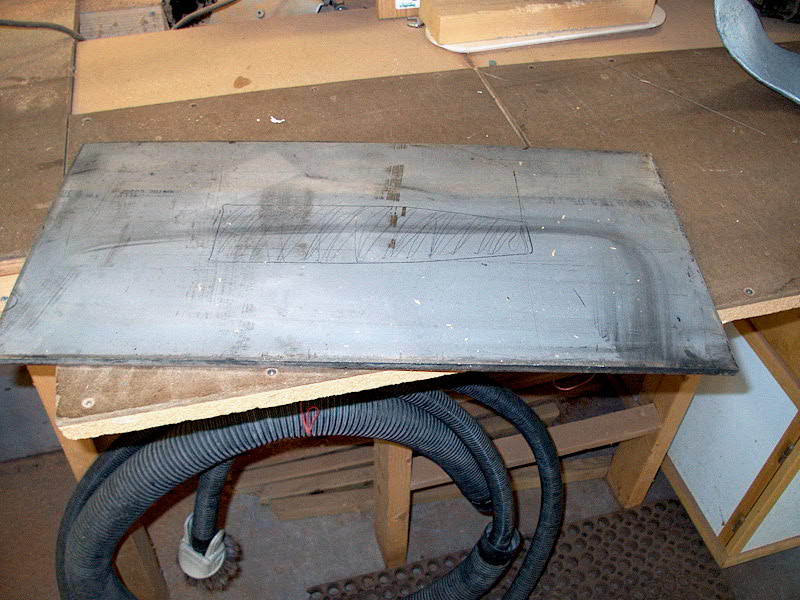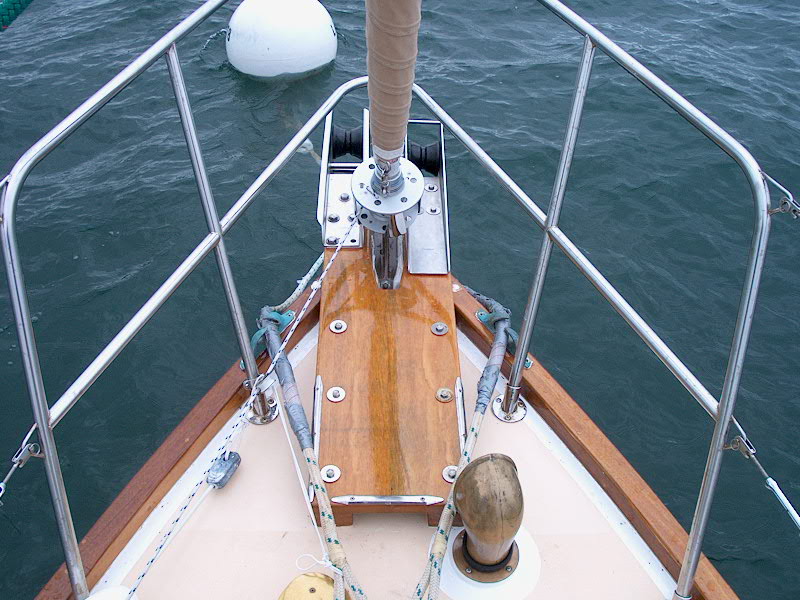QuoteAre not teak and mahogany symbols of beauty for the embellishment of the aristocratic and wealthy?Oh please...
Regular people can like varnished wood too.
Do what makes you happy and never attempt to compell others to your beliefs. To each their own, and that's fine.


